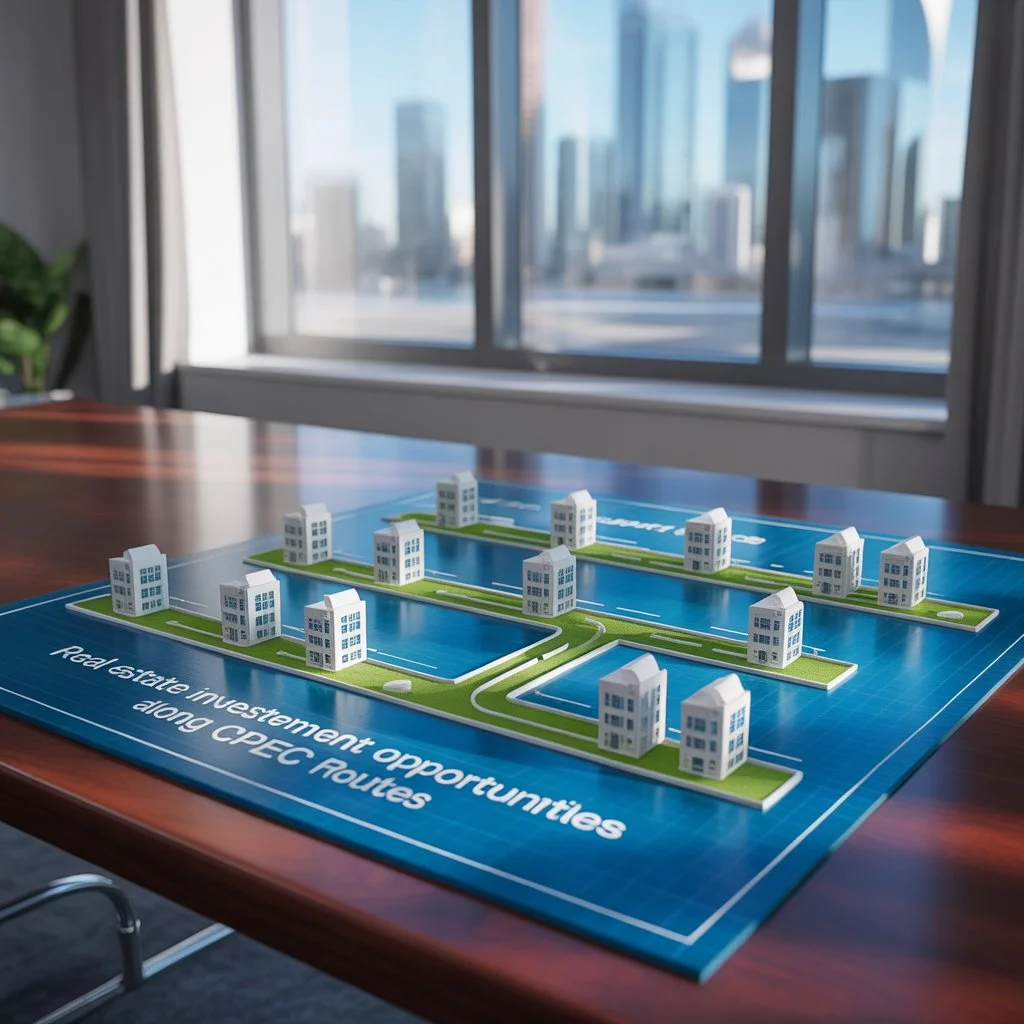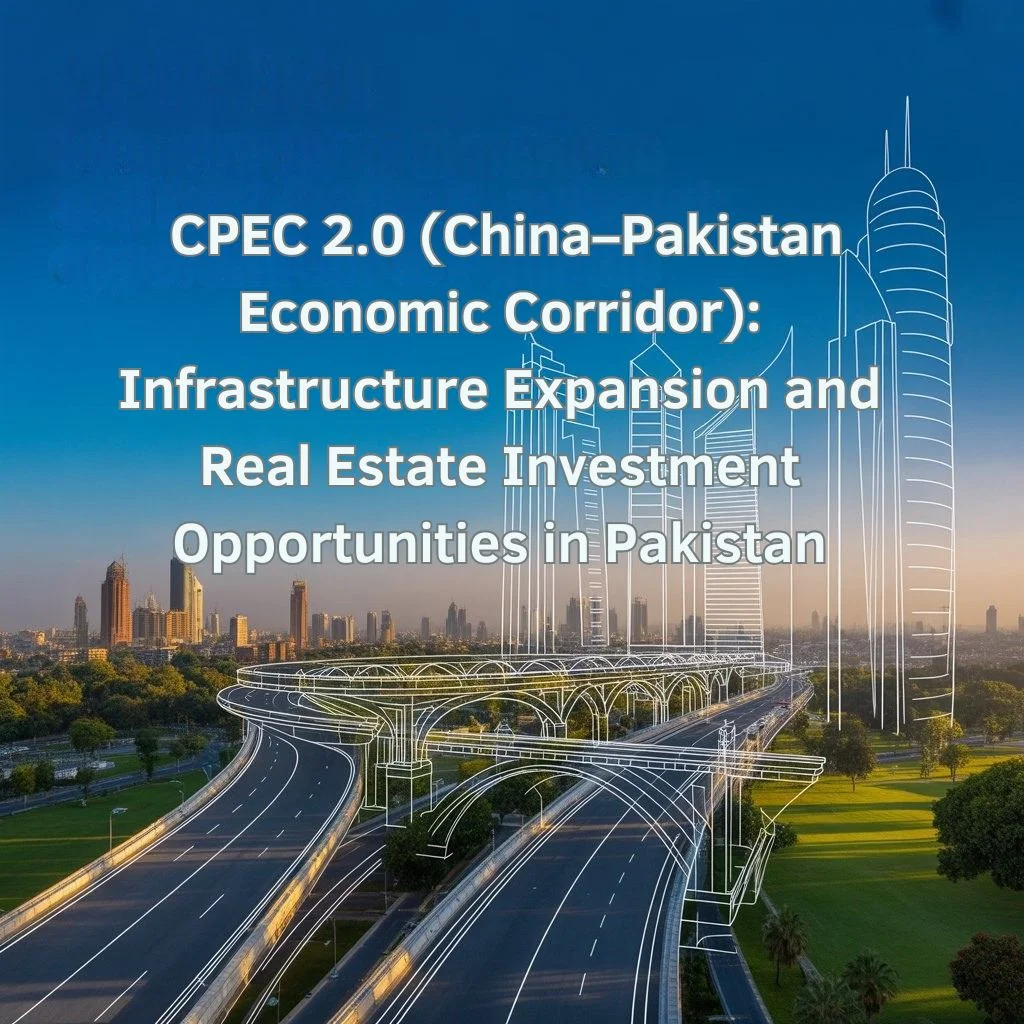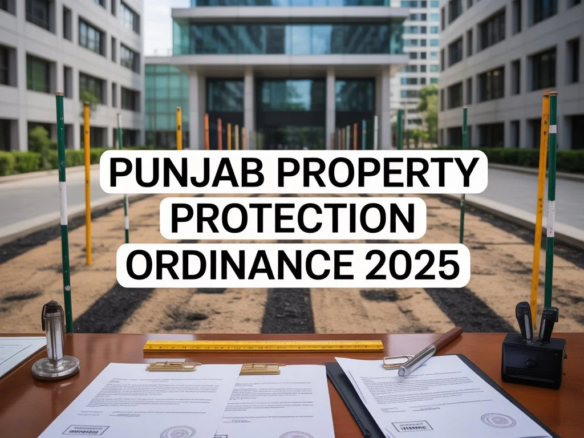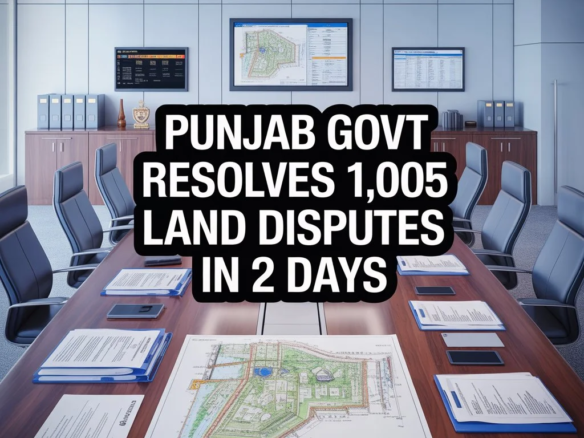The China–Pakistan Economic Corridor (CPEC) has been one of the most transformative projects in Pakistan’s history. Since its launch, it has reshaped the economic landscape, strengthened trade links, and boosted industrial growth. With the beginning of CPEC 2.0, the focus has shifted from energy and transport towards industrialization, agriculture modernization, and socio-economic development. This new phase brings vast potential for both infrastructure expansion and real estate investment opportunities in Pakistan.
Understanding the Shift from CPEC 1.0 to CPEC 2.0
During CPEC 1.0, most projects revolved around energy generation, highways, and Gwadar port development. These efforts addressed Pakistan’s power shortages and built strong connectivity between key regions.
However, CPEC 2.0 is a strategic upgrade. It prioritizes:
- Special Economic Zones (SEZs) for industrial growth.
- Urban development to accommodate expanding cities.
- Digital and agricultural transformation.
- Socio-economic projects that directly improve people’s lives.
This evolution creates a ripple effect in Pakistan’s property market, especially in regions located near industrial zones and transport corridors.
Infrastructure Expansion Under CPEC 2.0
One of the most visible impacts of CPEC’s second phase is massive infrastructure development. With new motorways, rail links, and logistics hubs, connectivity across Pakistan is being revolutionized.
Some major developments include:
- Highways and Expressways: Expanding road networks are making it easier for industries to transport goods, raising demand for commercial plots near these routes.
- Gwadar Port City: The deep-sea port is not only a trade hub but also a rising destination for housing schemes and business centers.
- Industrial Zones: Planned SEZs in cities like Faisalabad, Rashakai, and Dhabeji are attracting factories, creating thousands of jobs, and increasing demand for residential and commercial real estate.
This infrastructure-driven growth is positioning Pakistan as a regional trade corridor, which significantly boosts the property sector.
Real Estate Investment Opportunities Along CPEC Routes

As new economic zones and road networks are developed, real estate values around these areas are surging. Investors are already turning their attention towards emerging property markets near highways, Gwadar port, and industrial cities.
1. Gwadar – The Future Investment Hub
Known as the “Gateway to the Middle East and Central Asia,” Gwadar is becoming a global investment destination. With free economic zones, new housing projects, and port operations, land prices are witnessing steady growth. Many analysts believe Gwadar real estate will be one of the biggest beneficiaries of CPEC 2.0.
2. Faisalabad Industrial Zone
As Pakistan’s textile hub, Faisalabad is set to grow further with the establishment of a major Special Economic Zone. This expansion is expected to increase the demand for residential colonies, warehouses, and commercial complexes.
3. Karachi and Gwadar Connectivity
Improved connectivity between Karachi and Gwadar enhances trade routes and increases property demand along the coastal belt. Investors are eyeing opportunities in housing societies and commercial centers along this corridor.
4. Urban Development in Islamabad and Lahore
The expansion of highways under CPEC 2.0 is enhancing connectivity between major cities like Islamabad, Lahore, and Peshawar. This growth opens doors for real estate developers to launch new housing schemes and smart cities.
Why CPEC 2.0 is a Game-Changer for the Property Market

The introduction of industrial parks and economic corridors is directly linked with real estate expansion. When industries grow, they create jobs, which increases the need for housing, retail outlets, and urban services.
Key benefits for the property sector include:
- Land Value Appreciation: Locations near SEZs and highways are witnessing rising demand.
- Commercial Opportunities: Warehouses, logistics centers, and retail hubs are growing fast.
- Housing Demand: Professionals working in new industries are seeking affordable and modern homes.
- International Investment: Foreign companies investing in CPEC projects also require property for offices and accommodation.
This dynamic makes CPEC 2.0 a catalyst for real estate growth in Pakistan.
Challenges and Risks for Investors
While the potential is high, investors must also be mindful of challenges such as:
- Regulatory hurdles: Land documentation and property laws in some regions require more transparency.
- Security concerns: Though much improved, certain areas still face occasional instability.
- Market speculation: Rapid land price hikes in places like Gwadar can lead to artificial bubbles.
By conducting proper due diligence and working with reliable developers, investors can mitigate these risks and secure profitable returns.
Future Outlook
Looking ahead, the success of CPEC 2.0 will largely depend on timely completion of projects and the effective utilization of Special Economic Zones. If executed properly, Pakistan will witness:
- Enhanced urban infrastructure in both major cities and small towns.
- Growth in industrial employment leading to higher housing demand.
- International recognition of Pakistan’s real estate market as an attractive investment destination.
With its strategic location, Pakistan is poised to become a regional hub for trade and investment. For investors, this means unparalleled opportunities in both infrastructure and real estate.
Conclusion
CPEC 2.0 is more than just an economic agreement it is a long-term vision that can redefine Pakistan’s infrastructure and property market. The development of transport corridors, special economic zones, and industrial hubs is creating immense opportunities for both local and international investors.
For those seeking to secure their future, real estate investment along CPEC routes offers a promising avenue. As infrastructure expands and industries flourish, the demand for housing, commercial spaces, and urban facilities will continue to rise. This makes CPEC 2.0 not just a national development project, but a golden opportunity for property investors in Pakistan.
Want to know more? Check out Barrier-Free Motorways in Pakistan – Impact on Real Estate and Investment Opportunities
Like, share and comment: Facebook, Instagram, Youtube and TikTok





Join The Discussion